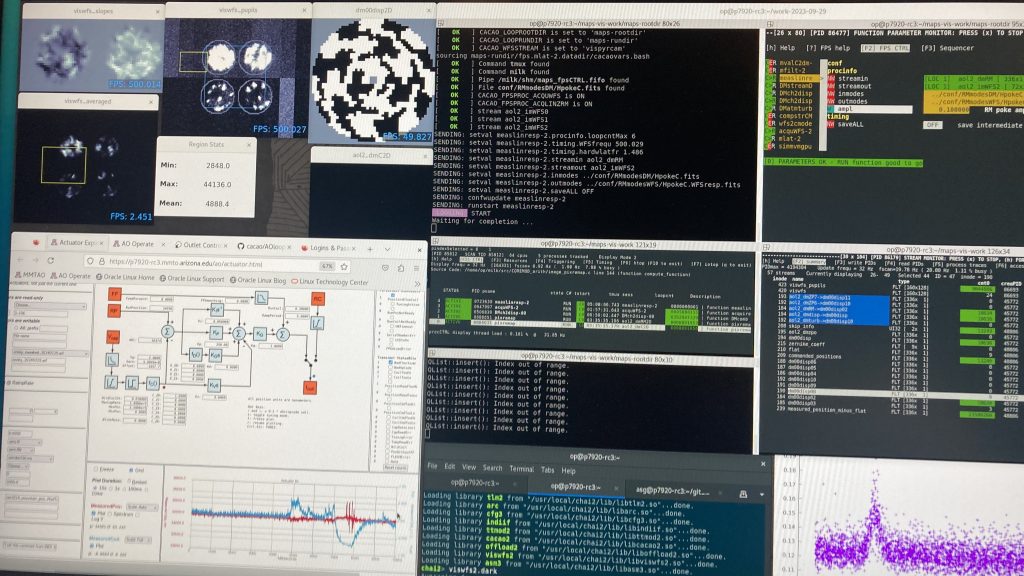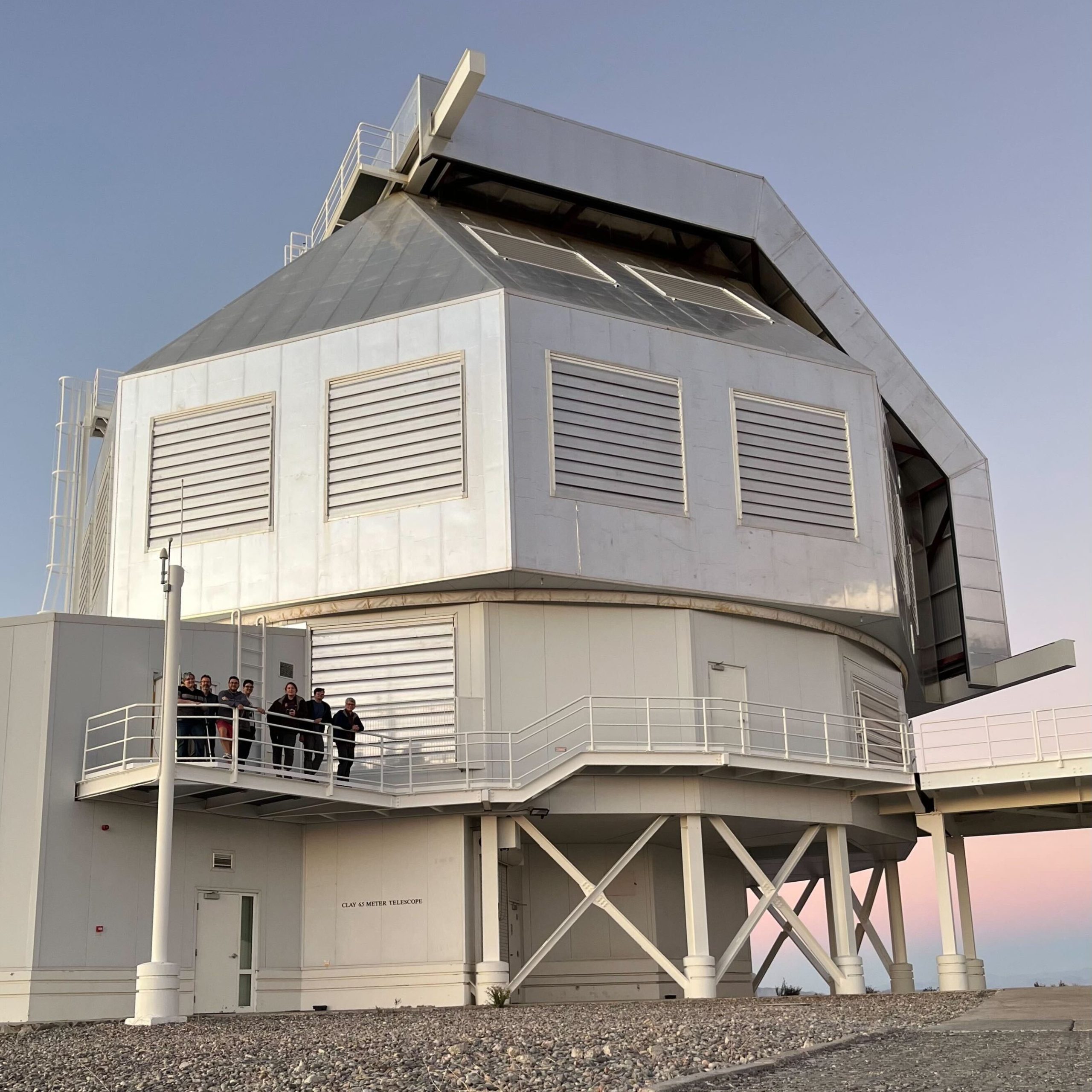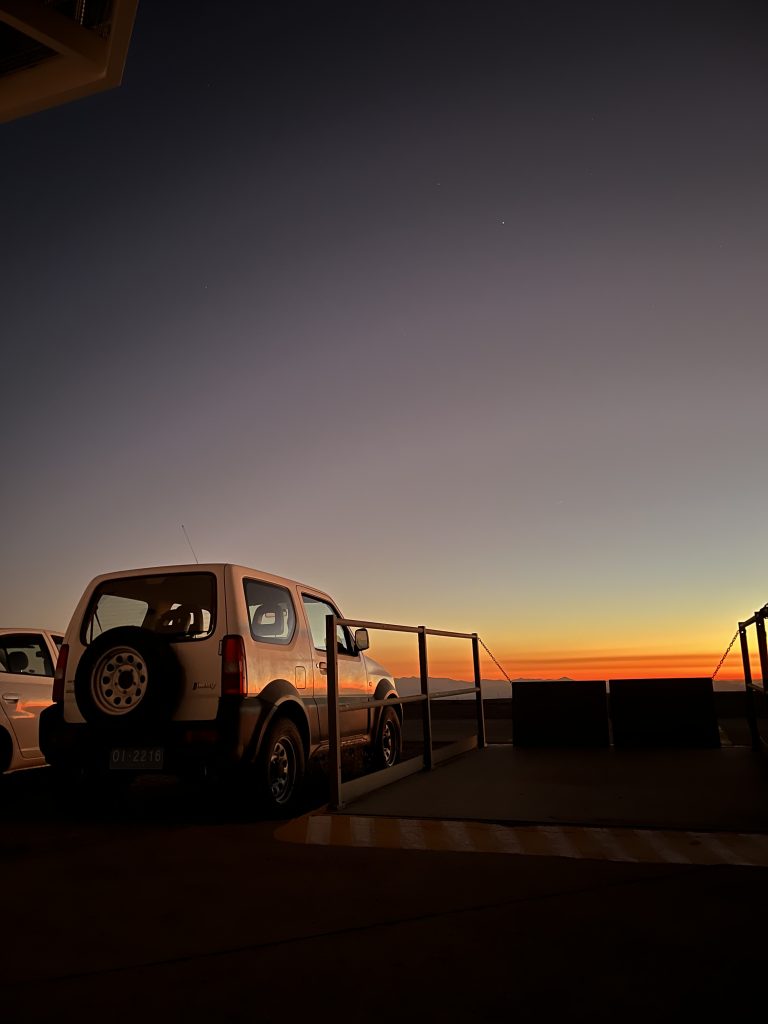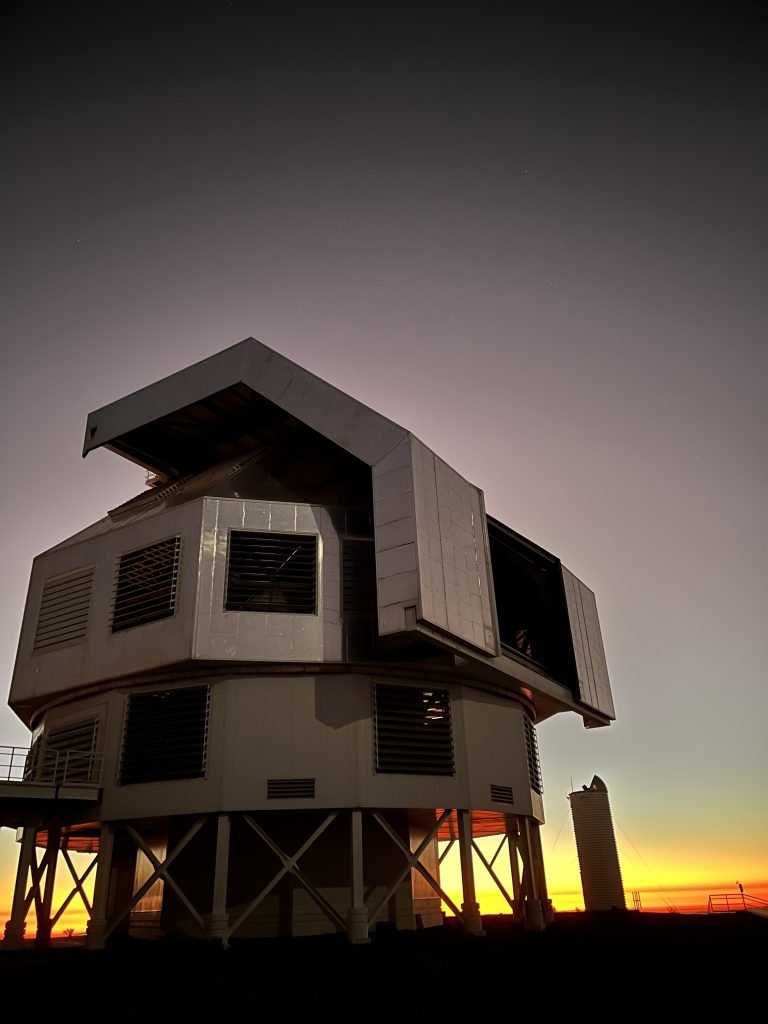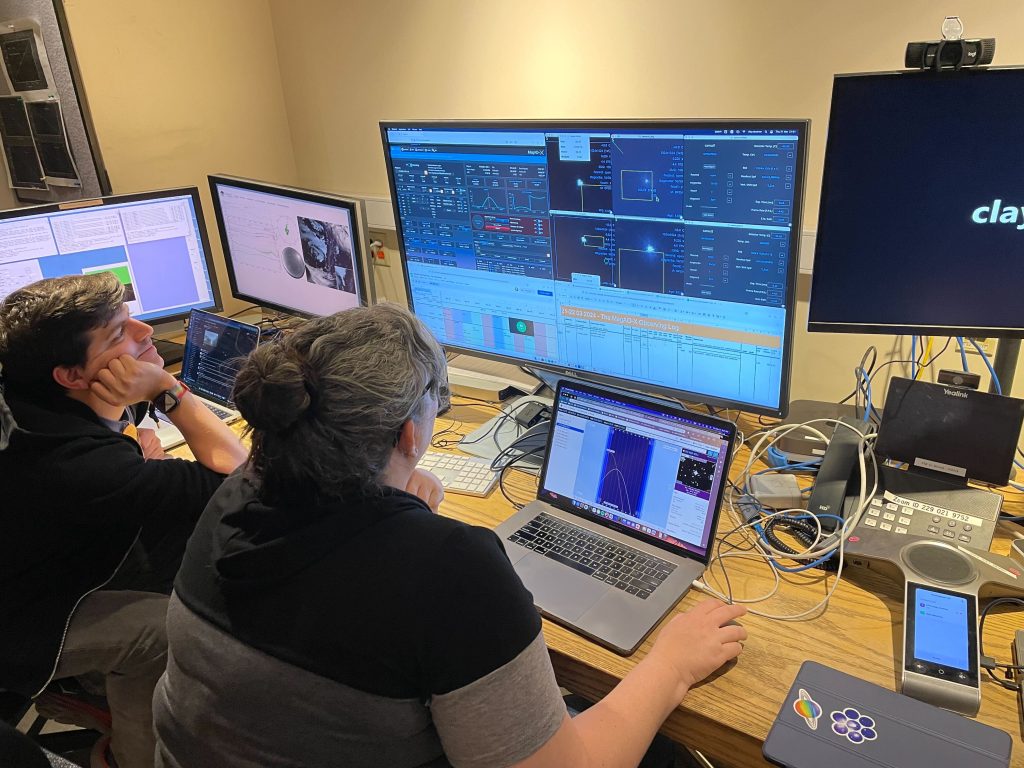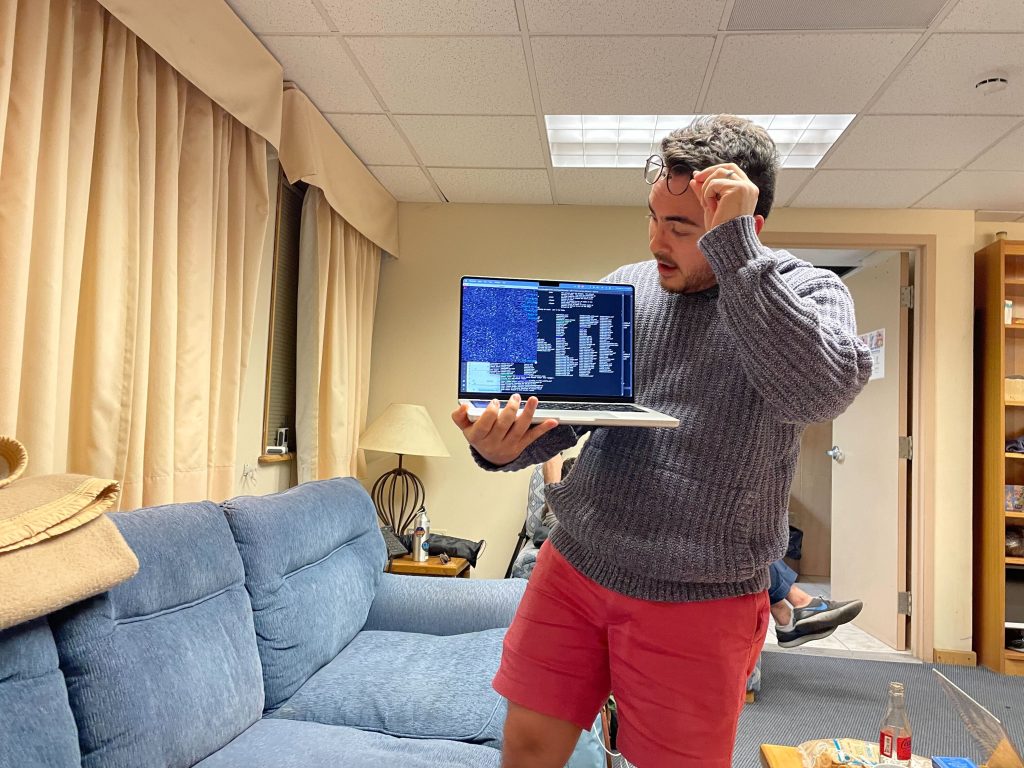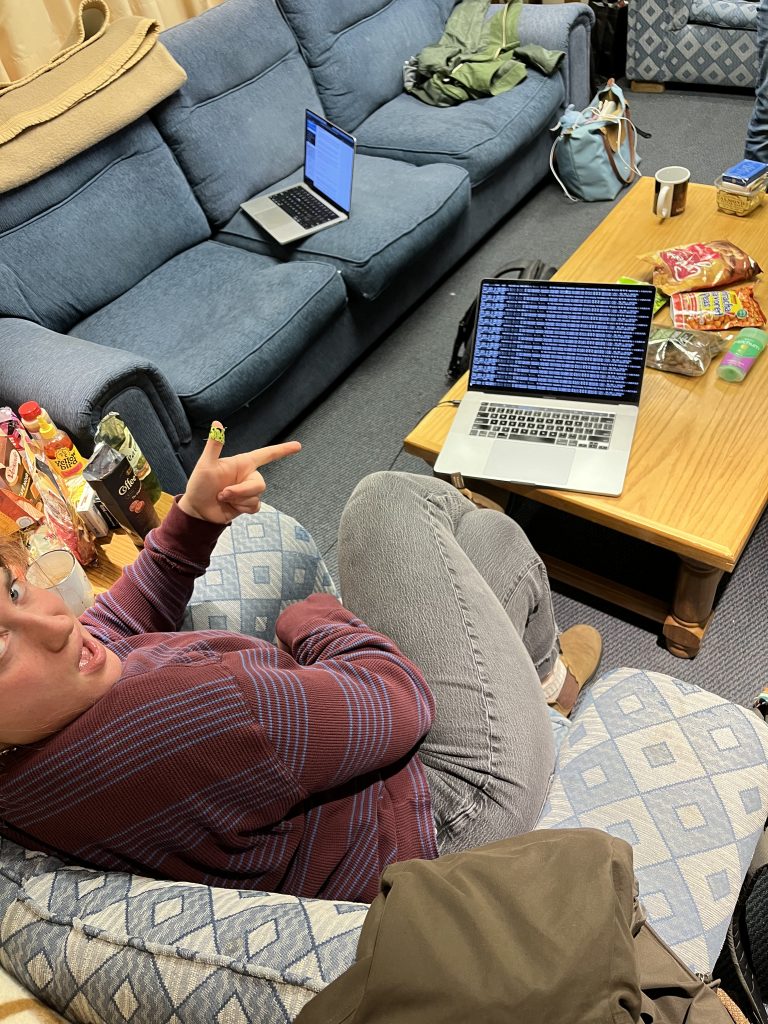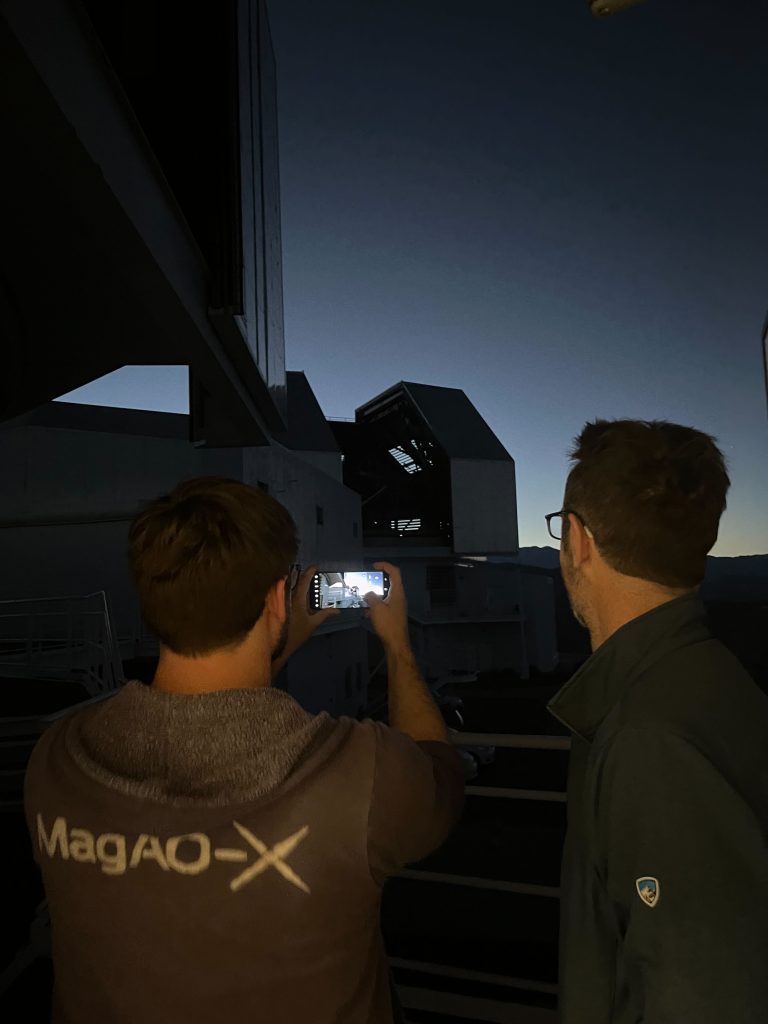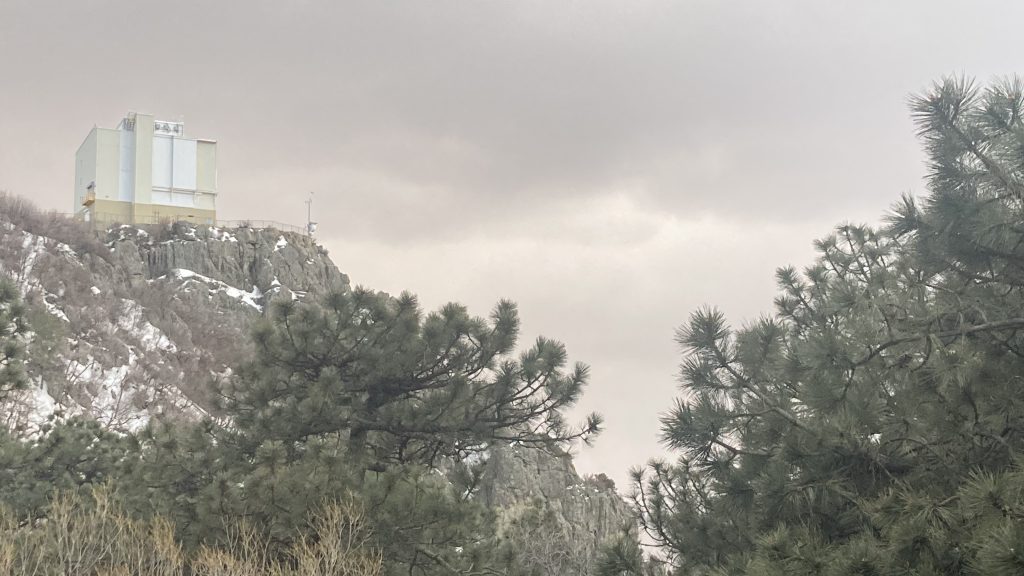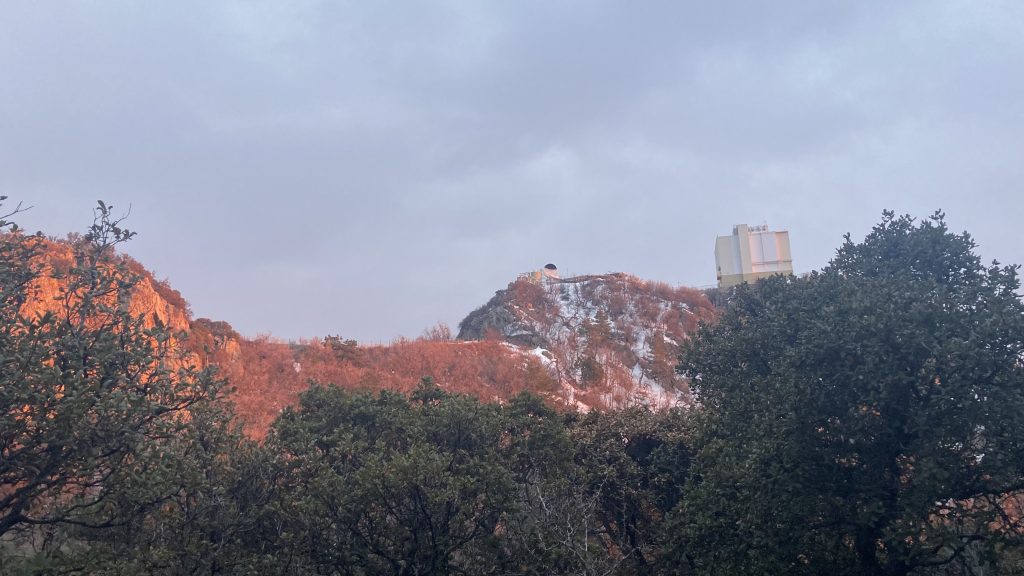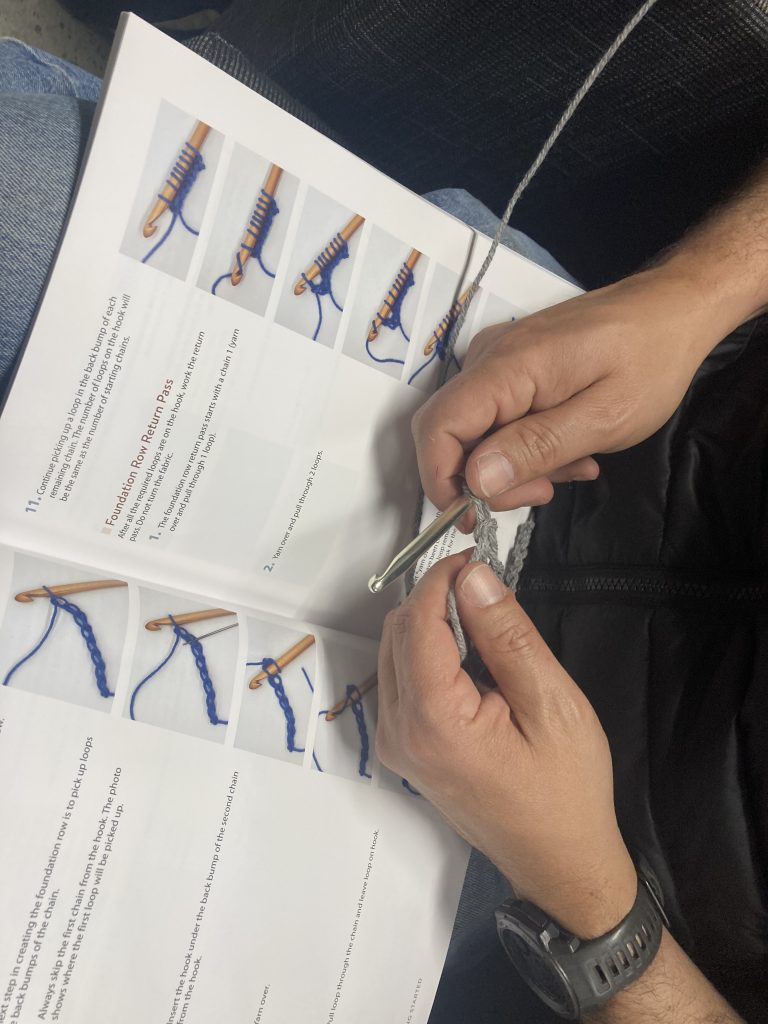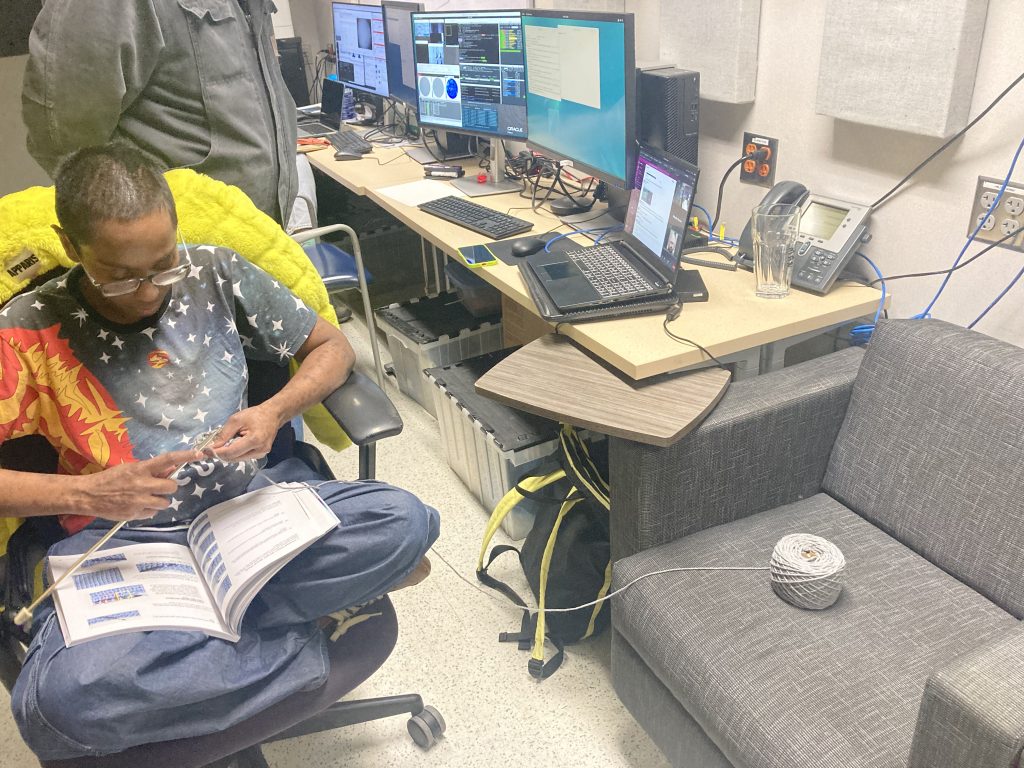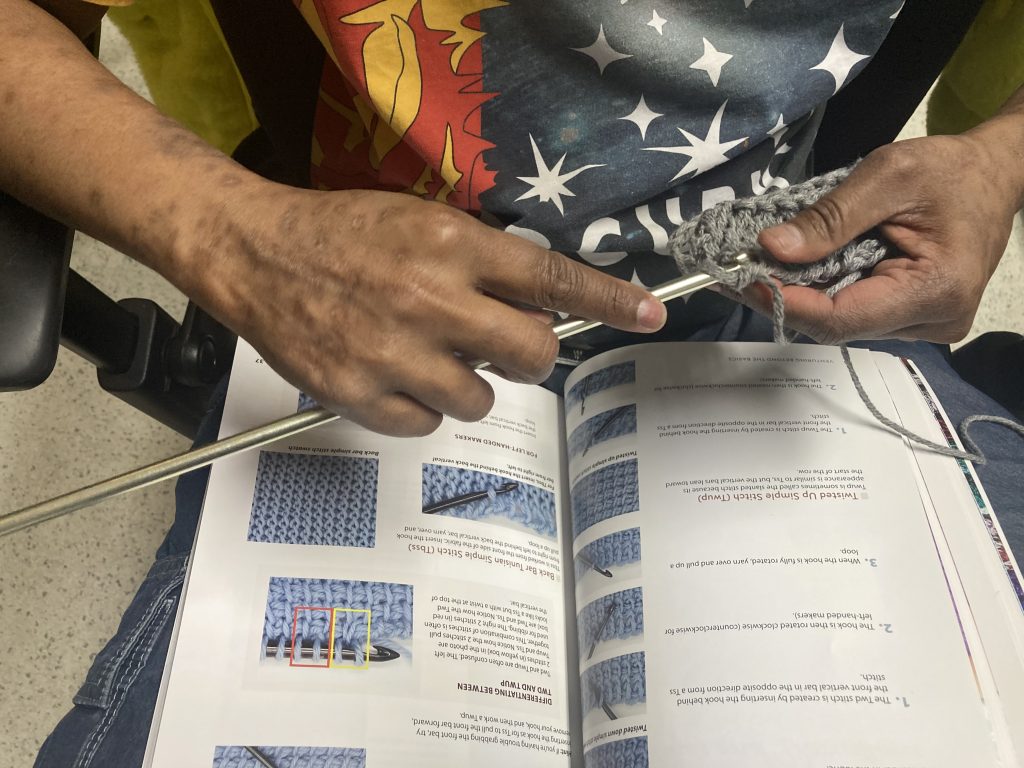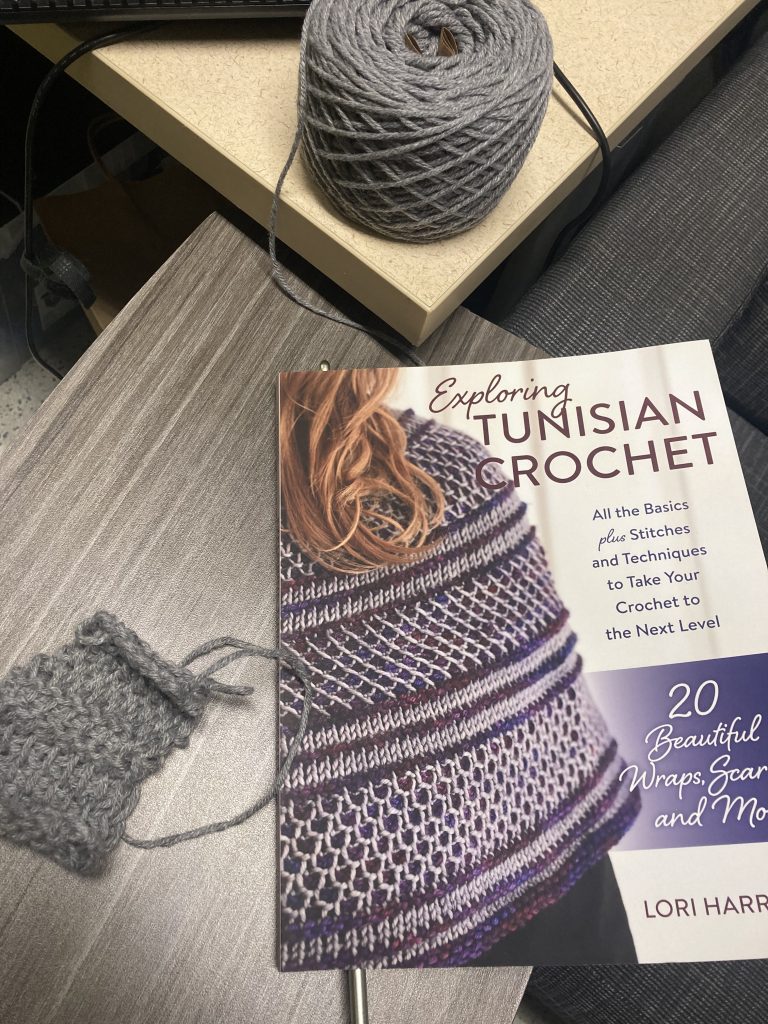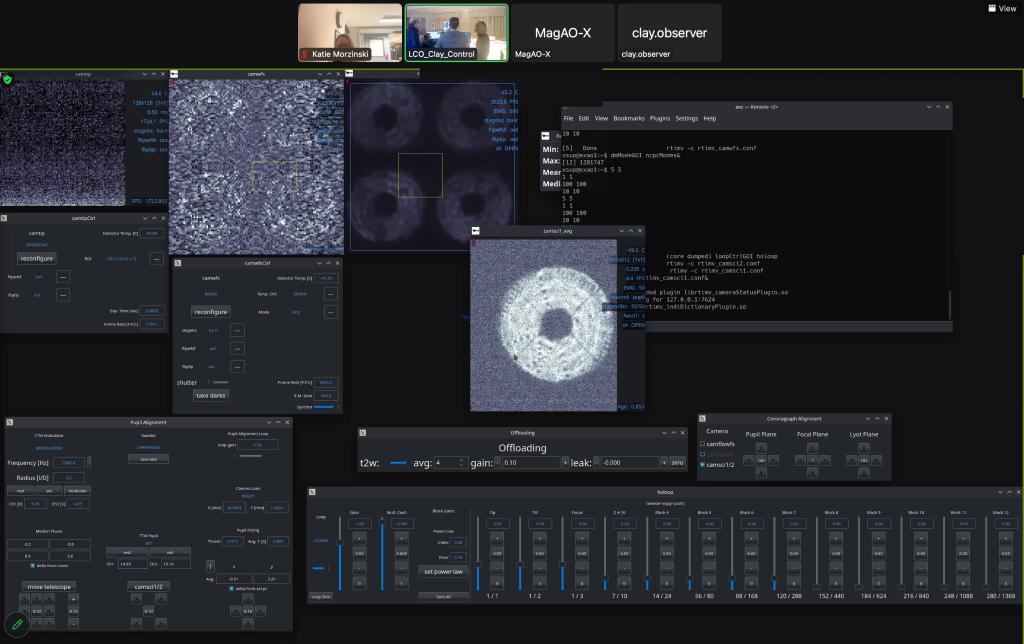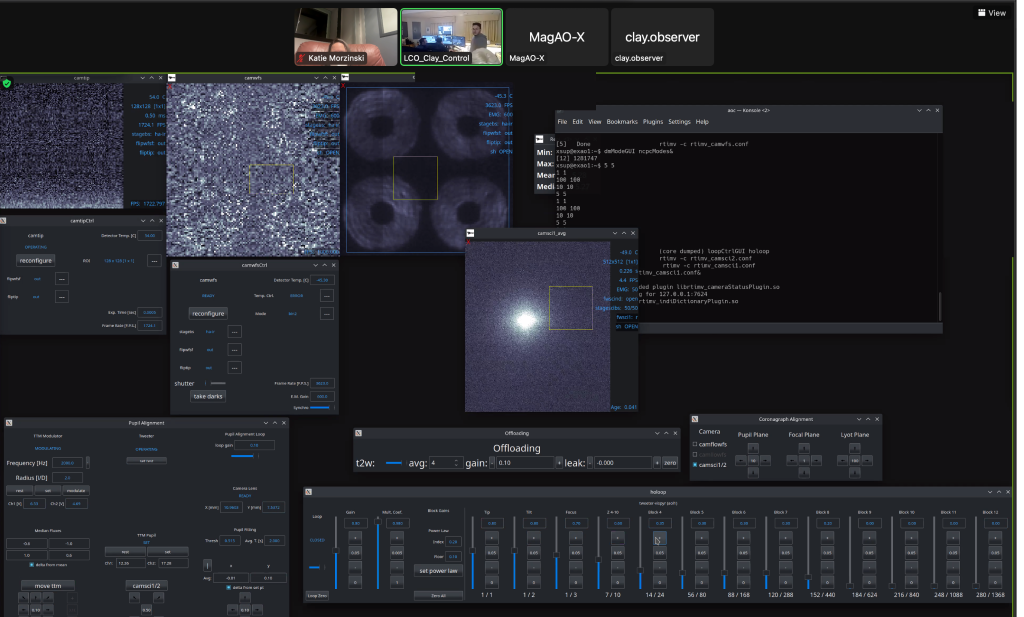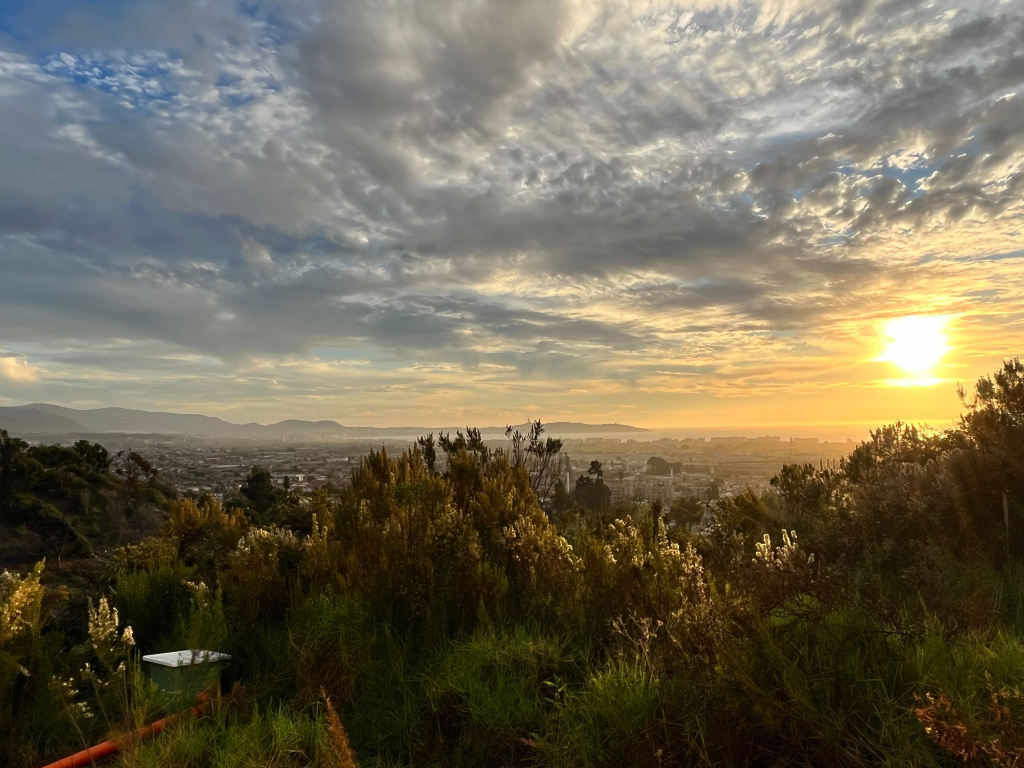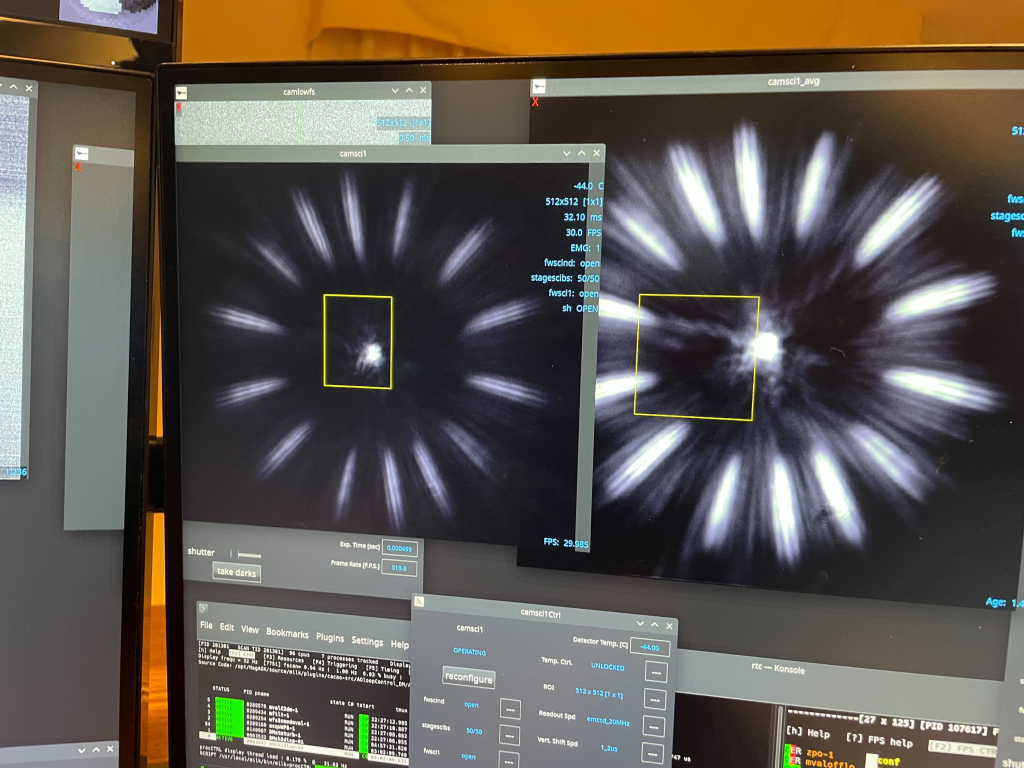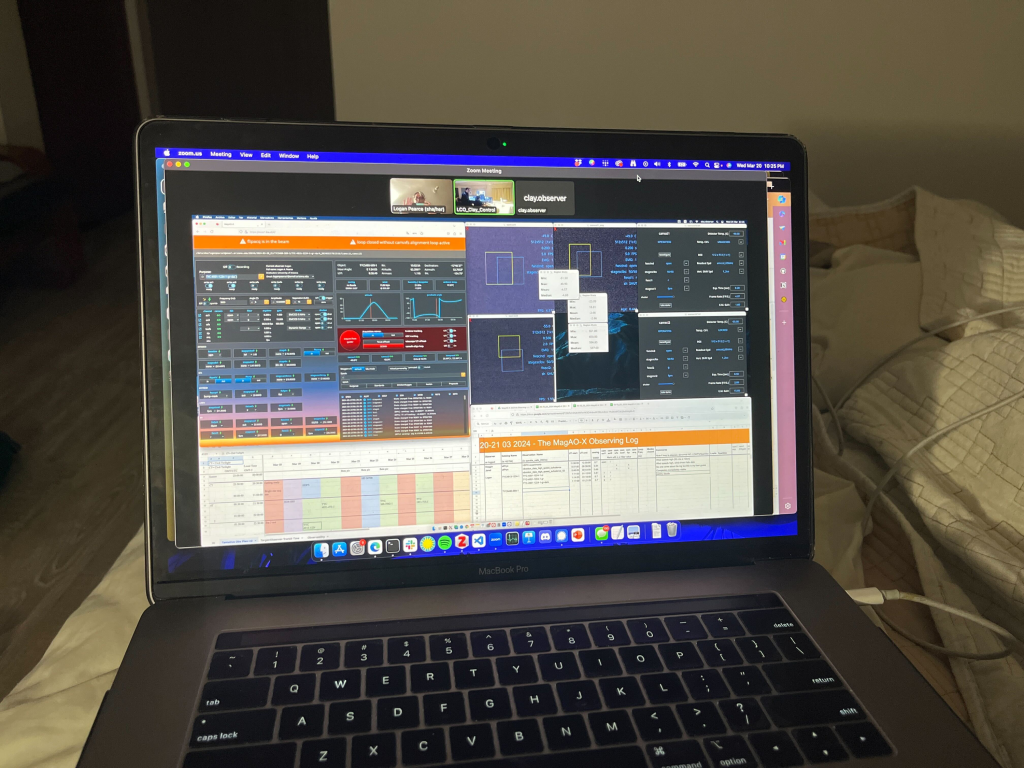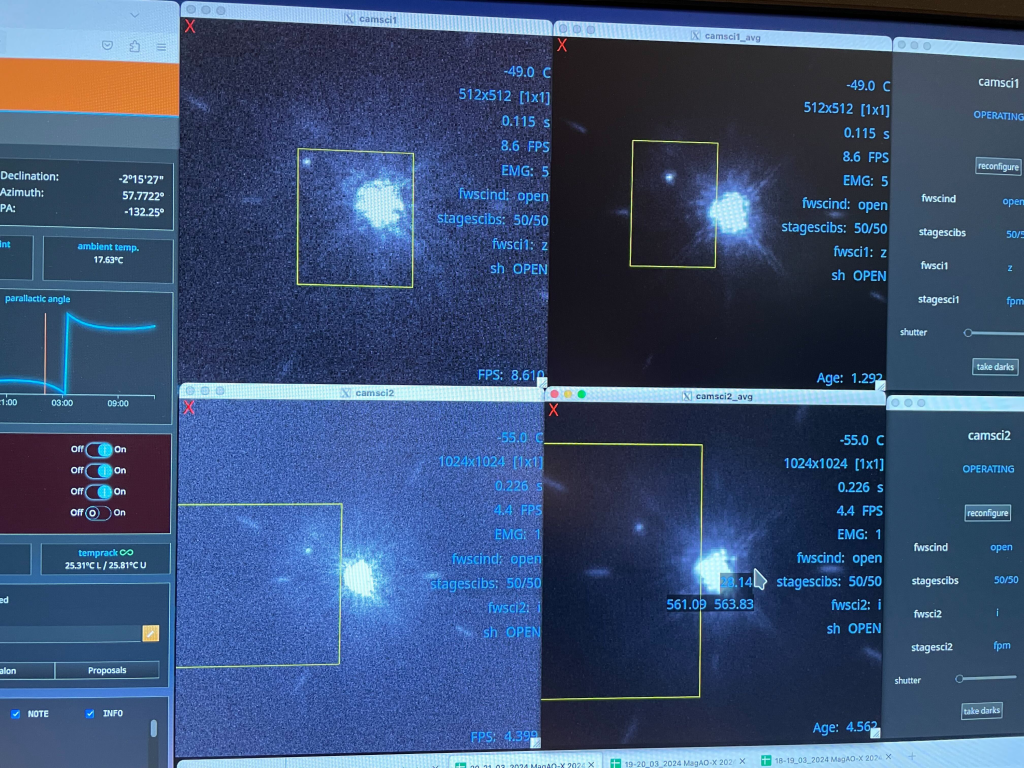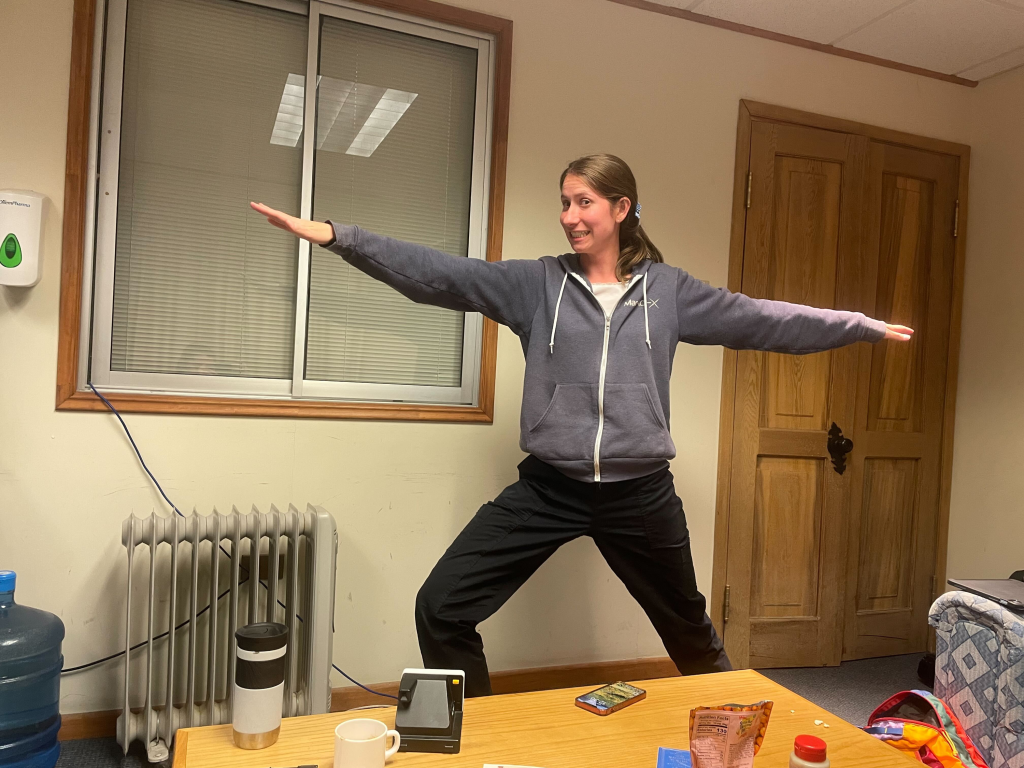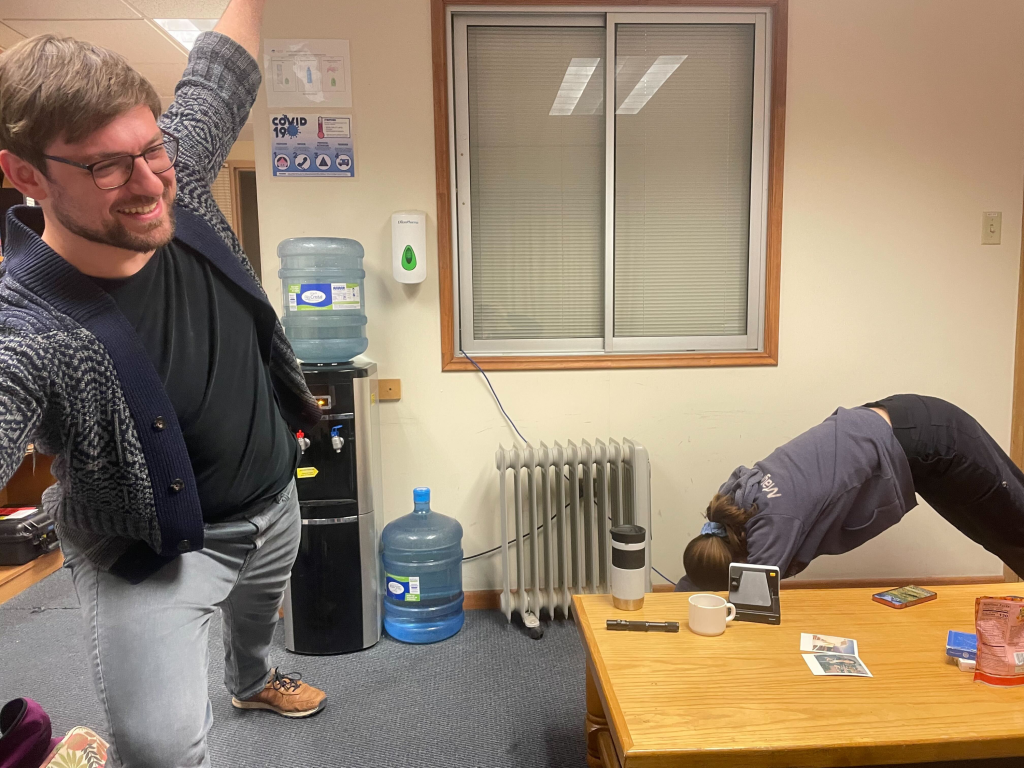
It’s the first double digit day of the 2024Aa run! As the master scheduler, tonight’s time is finely chopped up into four different blocks. Let’s hear what the MagAO-X scientists are doing for the night, and maybe ask them some fun questions. Ok, maybe they are just questions randomly popped into the minds of the deliriously tired interviewer and scientists.
Before we go to the main event, here are some animal spotting! Can you spot the 4 different viscachas and the guanaco?
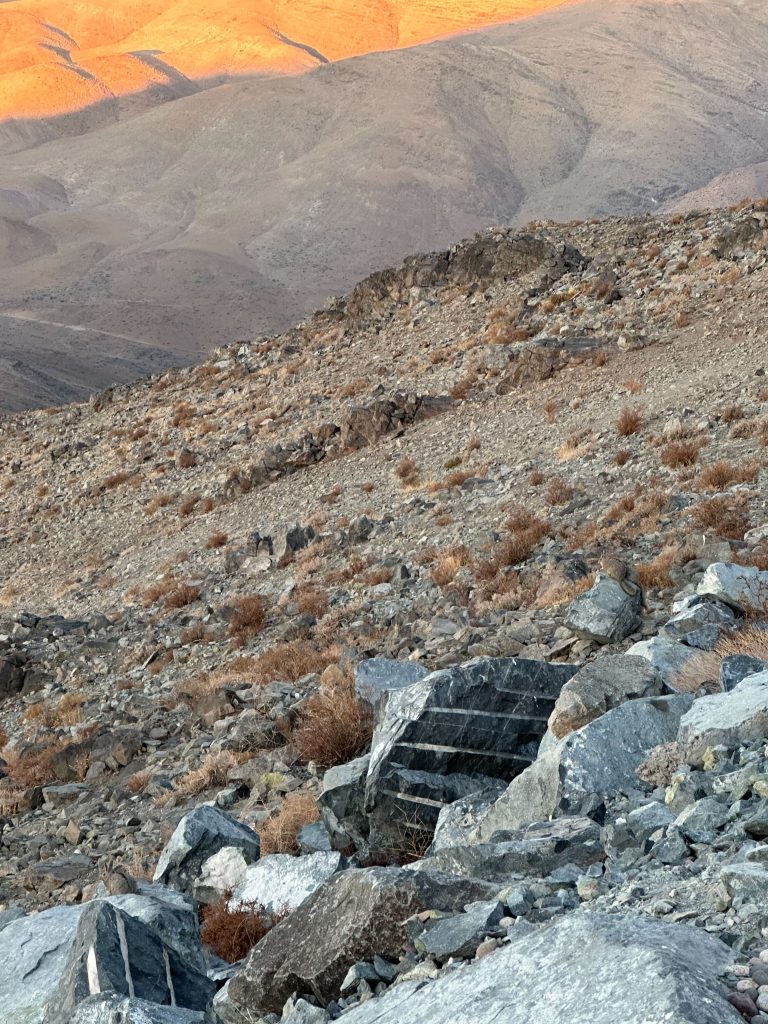

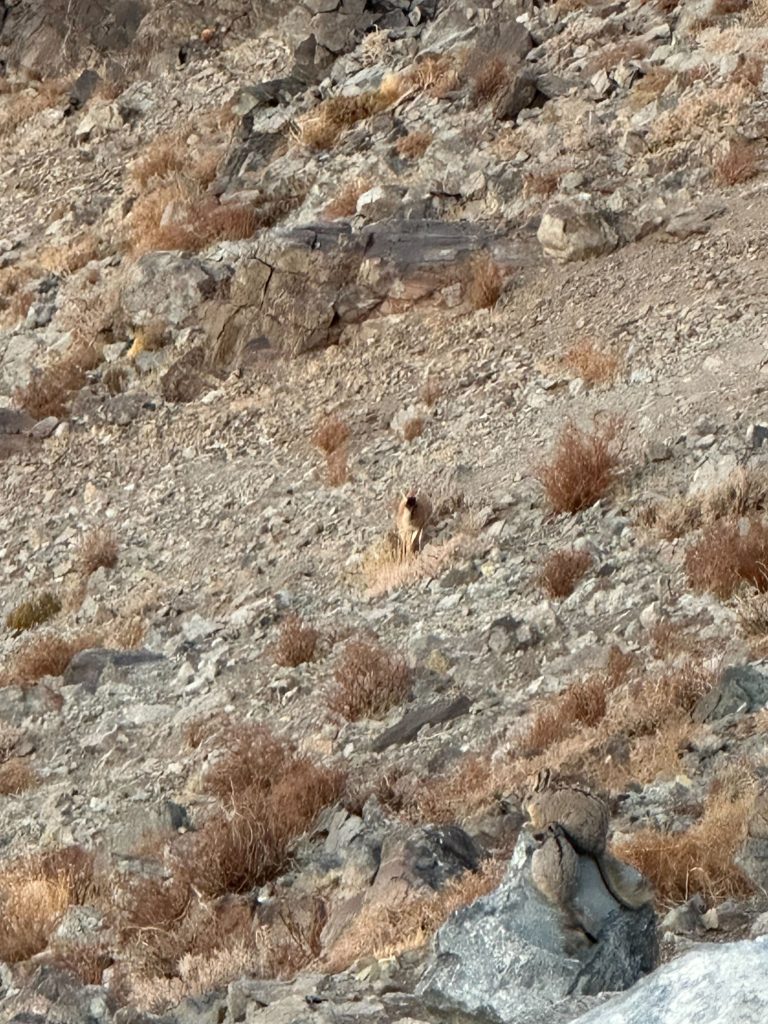
iEFC on Sky Commission with Josh Liberman
What is iEFC and why is it so important?
Josh: iEFC is implicit electric field conjugation, a technique for removing quasi-static speckle and it allows us to reach higher contrast.
How did commissioning go?
Josh: We drove up at 3pm and performed calibrations. Everything went well, and we opted to skip dinner to finish calibration before sunset. The telescope dome opened after sunset viewing. When we returned to the control room, MagAO-X was in a state of extreme distress: the DM got really angry and the system was misaligned. Everything that could go wrong went wrong.
What were the immediate thoughts that went through your head when the system misaligned after dome opening?
Sebastiaan: God Damn it!
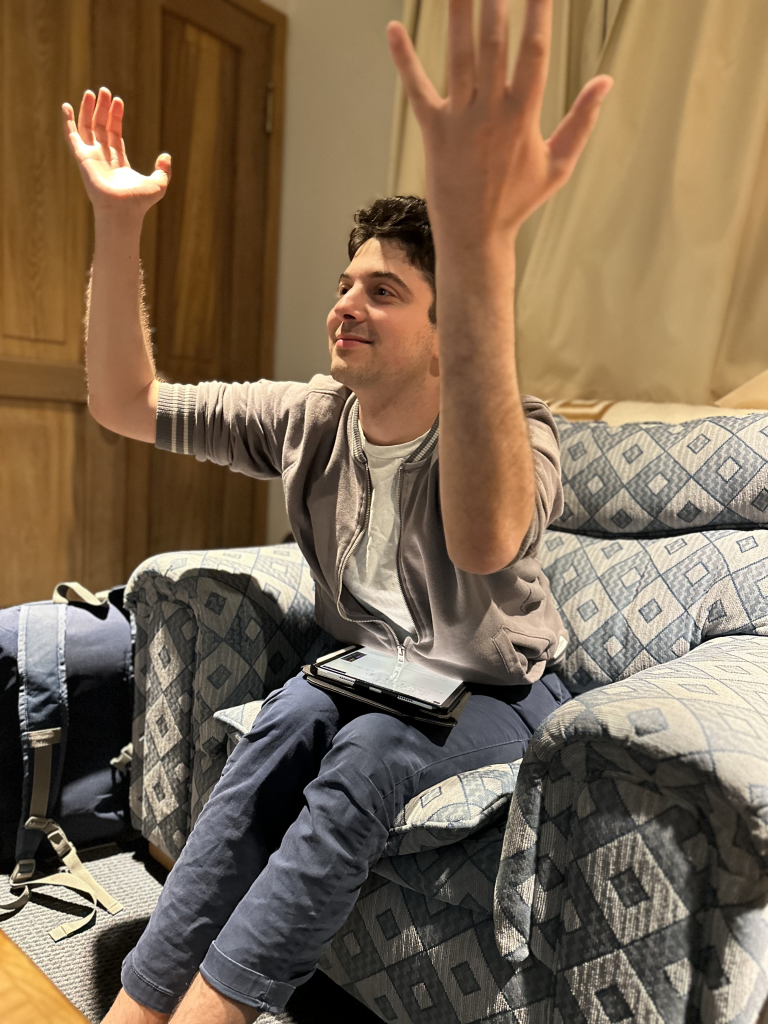
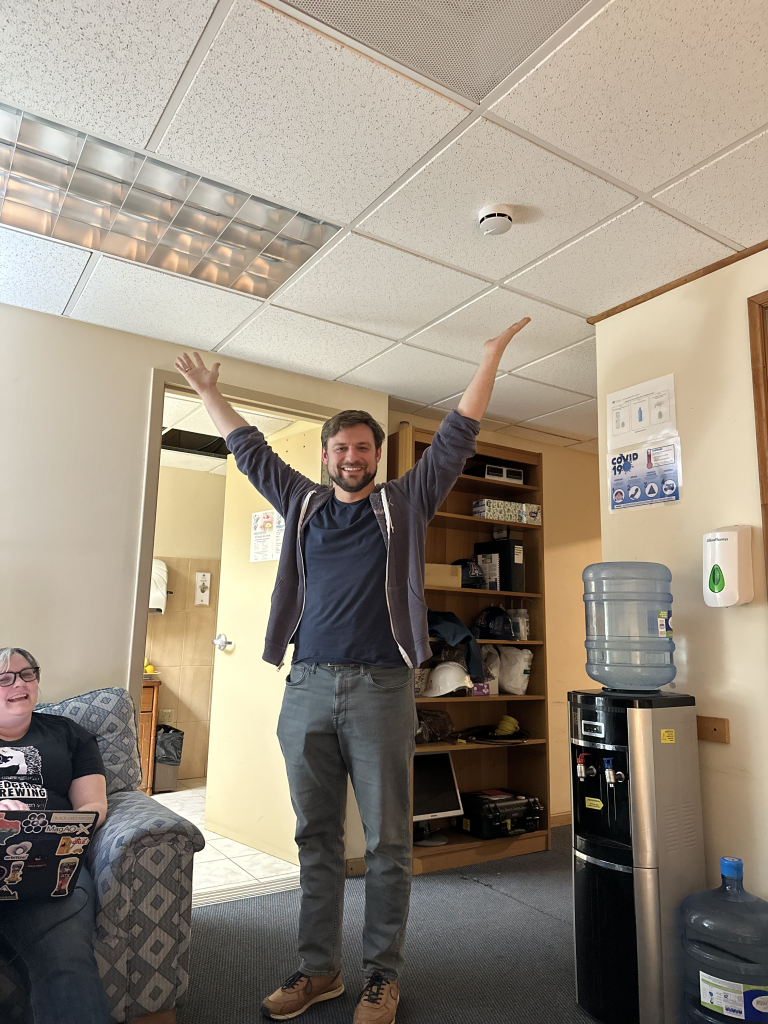
If you can befriend a fictional character who would it be?
Josh: Flat Stanley, he just gives off good vibes you know?
What is an insignificant petty gripe that makes you extremely angry?
Josh: When someone replies all to a group email.
YSES Survey Follow Up Observations with Sebatiaan Haffert
What is the YSES Survey and what observations are you doing?
Sebastiaan: YSES stands for the young suns exoplanet survey. I am doing a follow up of systems with confirmed companion. So far, 2/3 of my targets are successful.

How is it like being both an engineer and an observer?
Sebastiaan: I am not an engineer.
Logan: But you built an instrument!
On a scale of 1 to 10, where 10 is the most tired, please rate how tired you are after working from 3pm to 6am?
Sebastiaan: A three, it kind of feels like dinner time.
Flying or invisibility?
Sebastiaan: How important is invisibility if you have to be naked?
If you were to be a traffic sign, what would it be?
Sebastiaan: The “Watch Out” sign with the deer on it.
If you could make an office rule that everyone had to follow for a day, what would it be?
Sebastiaan: Everyone should walk backwards
What is an insignificant petty gripe that makes you extremely angry?
Sebastiaan: When the toilet paper roll is put in backwards!
Pup Search Observations with Logan Pearce
What is the backstory of the name of the survey?
Logan: the first White Dwarf-Main Sequence binary ever “made” was Sirius A and B. Sirius A, the main sequence star was known as the dog star. So Sirius B, the smaller companion was nicked name the pup. Now I am looking for more pups!

Pup Search and Xoomies (Logan’s project on fetching companions to accelerating stars in Scorpius Centaurus Star Forming Region with MagAO-X) are all related to dogs, will your next project named similarly?
Logan: Man, it takes so much time to come up with names. We (Sebastiaan and I) spent all of the astrobiology conference coming up with the Xoomies names.
Sebastiaan: Mine will be about a stroop waffle. I don’t know what it will be about, but I already have the logo made.
Flying or invisibility?
Logan: Hands down flying! I don’t get those who chooses invisibility…
If you were to be a traffic sign, what would it be?
Logan: Parking signs with a bunch of confusing texts.
What is an insignificant petty gripe that makes you extremely angry?
Logan: Double doors with one side locked. WHY DON’T THEY UNLOCK BOTH DOORS?????
Debris Disk Imaging with Jaylycia Kuenberger
What kind of objects are you observing tonight and what are you trying to get out of your observations?
Jaylycia: I am observing circumstellar disks, which are rings of dusty materials encircling its host star. I look at disks at all stages of extrasolar system formation. But this particular target tonight is a debris disk and I am just trying to get an image of the disk to characterize it.
Disks are generally thought to be difficult, what are your thought about that?
Jaylycia: Yes, they are more difficult than point sources, but they look cooler! They are very faint and they are easily removed during image processing, by accident.
How does it feel to be an AO operator and an observer at the same time?
Jaylycia: I don’t.

Who came up with your new name?
Jaylycia: Maggie-OX did. It’s the best thing that’s happened to me.
If you were to be a traffic sign, what would it be?
Jaylycia: NO PARKING! I DoN’T KnOw!
As a former pastry chef, which dessert do you think best describes you?
Jaylycia: A hefty cream puff with vanilla custard filling.
Song of the Day
Hmmm… What would be a more fitting music than the BBC News Intro music for an interview?
Well, thanks for tuning into the special program of today!

